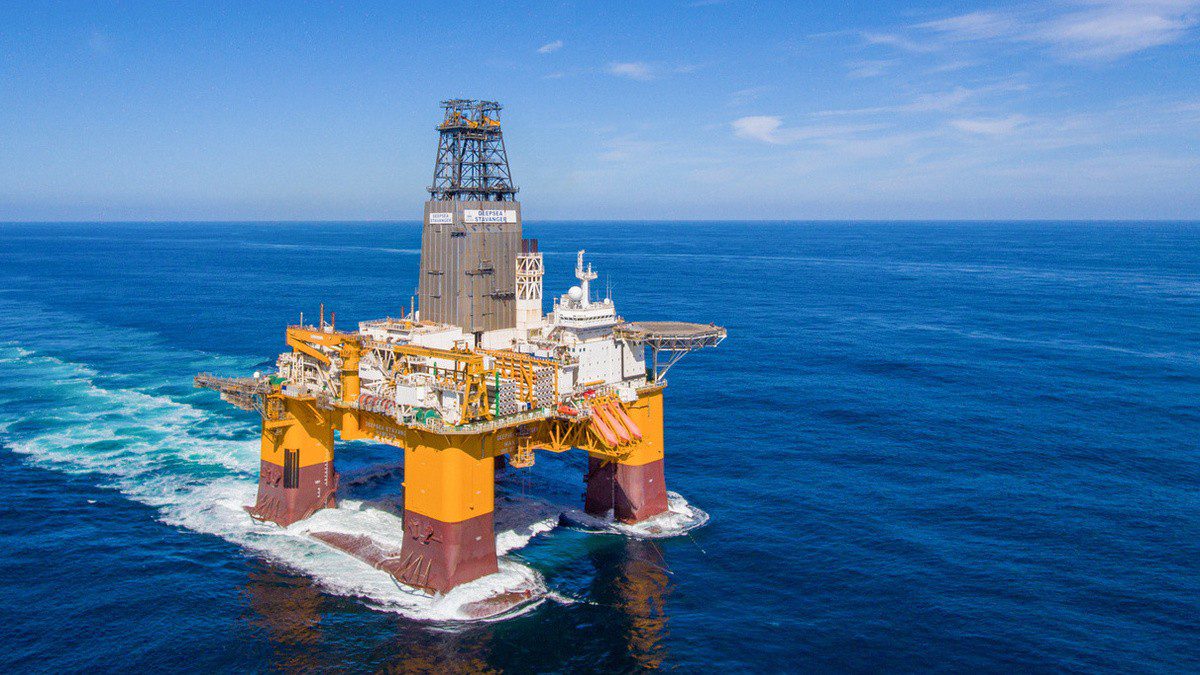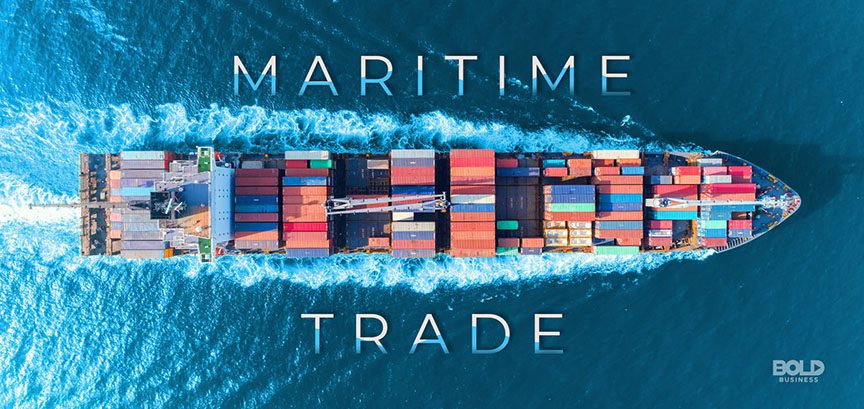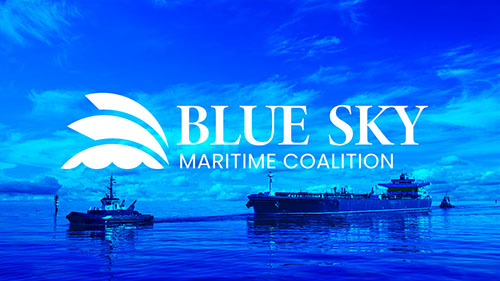 Deepsea Stavanger will work for Aker BP (source: Odfjell Drilling)
Deepsea Stavanger will work for Aker BP (source: Odfjell Drilling)
Aker to drill 50 wells in 2023, invest US$15Bn over the next five years
In active rig numbers, jack-ups were down one unit to 383 while floaters increased to 144 active units in week 35, 2022. As OSJ reported recently, the offshore sector expects to see plenty of spending from 2022-2026.
The Norwegian continental shelf will see more activity after Aker BP announced it intends to invest Nkr150Bn (US$15.3Bn) in development projects over the next five to six years.
The company is working on 15 exploration projects on the Norwegian continental shelf, where the Plan for Development and Operation will be submitted to the Ministry of Petroleum and Energy during the year.
The largest development project is in the NOAKA area in the North Sea, a co-ordinated development of several fields with total investments estimated at Nkr80Bn (US$10Bn).
Construction of a new platform on the Valhall field and hook-up of the Fenris field (formerly King Lear) to the new platform is estimated at Nkr40-50Bn (US$4-5Bn).
The development of several satellite fields in the vicinity of the Skarv FPSO in the Norwegian Sea is the third-largest development project operated by Aker BP. Investments are estimated at Nkr16-20Bn (US$1.6-2.0Bn) and Aker has several subsea developments which will be tied back to the North Sea fields of Alvheim, Edvard Grieg and Ivar Aasen. Overall, Aker expects to drill about 50 exploration wells next year.
Aker chief executive Karl Johnny Hersvik credited state-based aid for helping the oil and gas industry recover from the damage inflicted during the Covid-19 pandemic. In 2020, Norway’s parliament voted to grant relief measures to oil companies including temporarily shielding them from taxes.
Mr Hersvik said, “We are standing here a little over two years later and see the direct result of the package of measures that was adopted”.
Recently, a major contract was awarded to Rosenberg Worley in Stavanger to build parts of the new central platform on the Valhall field. The contract, which was announced 26 August, ensures full activity at the Stavanger yard for two years, starting in the second half of 2023.
In all, Aker BP hopes to increase production from the current 400,000 barrels per day to about 525,000 barrels in 2028.
Two Odfjell rigs secured contracts this week: semi-submersible Deepsea Stavanger clinched a five-year firm contract with Aker BP for drilling programmes that commence in early 2025. The base contract value is in the range of US$620M~US$730M.
Another Odfjell rig helped spud a new oil and gas discovery in the Norwegian Sea this week. Polish utility PGNiG’s Norwegian subsidiary and partner Aker BP believes more reservoirs may be found nearby with plans for further drilling soon.
PGNiG Upstream Norway discovered an oil and gas deposit estimated at between 11~36M barrels equivalent after an exploration well was drilled on the Newt prospect in the northern part of the Norwegian Sea.
Elsewhere in the world, Odfjell Drilling revealed HHI-built Deepsea Bollsta will move to Namibia to work for Shell for a contract commencing in the middle of Q4 2022 with an estimated firm duration of 12 months plus one six-month option.
Valaris reported its Valaris 118 jack-up is moving to Trinidad to work for BP following a successful drilling campaign offshore Mexico. The contract with BP is expected to begin October 2022 and last until June 2023. The rig has worked for Fieldwood Energy in Mexico since March 2020.
ADNOC Drilling Company continues to add more jack-ups to its fleet, signing a sale and purchase agreement to acquire an additional premium offshore jack-up rig for US$70M. This is ADNOC Drilling’s latest purchase, having signed a deal for two premium drilling units in May, and another in June.
All four rigs are expected to join the company fleet by the end of the year, bringing ADNOC Drilling’s jack-up fleet to 28 operational units. These rig acquisitions are part of the company’s larger goal of growing its business and raising crude oil production capacity to 5M barrels per day (b/d) by 2030.
ADNOC Offshore has also awarded a five-year contract for US$1.2Bn to ADNOC Logistics & Services to hire 13 self-propelled jack-up barges to drive offshore activity.
Oil and gas giant Santos has greenlit the Darwin pipeline duplication project offshore Australia after taking a final investment decision. Santos, which serves as operator of the Barossa joint venture, will spend US$311M to build a new pipeline to transport gas from the Barossa field to the Darwin LNG plant in Australia’s Northern Territory. The decision will also allow for the repurposing of the existing Bayu-Undan to Darwin pipeline to facilitate carbon capture and storage options.
Gas from the Barossa field, located 300 km north of Darwin, is intended to replace the current supply from the Bayu-Undan facility located in Timor-Leste. First gas production at Darwin LNG using Barossa gas is targeted for H1 2025. Work on the pipeline project is scheduled to commence in 2023, subject to Commonwealth and NT regulatory approvals.
Finally, Canadian producer Trillion Energy said the start of its /2023 Black Sea drilling campaign has been delayed after it was discovered Uranus rig needs maintenance work.
The drilling campaign was expected to begin 1 September, but deficiencies with the top drive and ballast tank of the rig require repairs before departure. When the rig arrives, it will be positioned at the Akcakoca offshore production platform in the SASB shallow water gas field, where it will take three days before the first well is spud.




